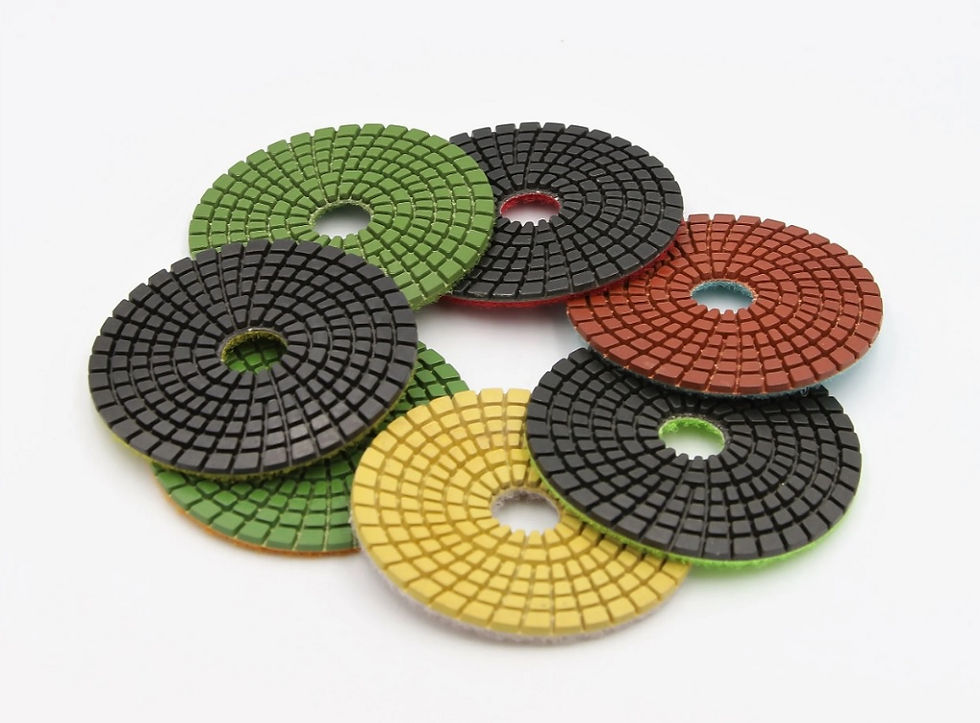Here Is Everything You Need To Know About A Sandstone Rock
- ameliya lanne
- Jan 9, 2022
- 3 min read
Updated: Sep 8, 2023

Sandstone rock is a sedimentary rock made of sand-sized minerals, rocks, and organic matter. It may also comprise a matrix of silt- or clay-sized particles that occupy the gaps between the sand grains and a cementing ingredient that binds the sand grains together. More about sandstone, they are the types of sedimentary rock that may be found in sedimentary basins worldwide.
Now, where are these sandstones used? The sand deposits, which eventually become sandstone, aretransported to the basin by rivers, although they can also be transported by waves or wind. Organic particles, such as sand and shell detritus formed in the basin, might account for some sand grains.
If the formation of sandstone is strong enough, it might be crushed and used in construction projects. At times, the sandstonemight be crushed and employed as a source of silica for glass manufacture if it has a high quartz percentage. Sandstone layers under the surface of the Earth can be used as aquifers for groundwater or as a reservoir for oil and natural gas.
Formation of A Sandstone Rock
A sandstone rock is formed by cemented grains that might be pre-existing rock pieces or mono-minerallic crystals. Calcite, clays, and silica are the most common types of cementused to hold these grains together. Sand grain sizes are characterized as being between 0.0625 mm and 2 mm (0.0025–0.08 inches) in geology.
Argillaceous sediments are clays and sediments with smaller particle sizes that are not visible to the human eye, such as siltstones and shales; rudaceous sediments are rocks with , more significant grain sizes breccias and conglomerates.
More about the formation of sandstones, silica and calcium carbonate are the most prevalent cementing ingredients, and they are frequently formed from sand disintegration or modification after being buried. The colors are mainly brown or yellow (from a blend of the clear quartz with the dark amber feldspar content of the sand).
The environment in which it is deposited is critical in influencing the features of the resultant sandstone, which include grain size, sorting, and composition on a smaller scale and rock geometry and sedimentary structures on a more general scale. The following broad categories highlight the distinction between terrestrial and marine deposition environments. Read on to know further.
Uses of a Sandstone Rock
Even in prehistoric times, sandstone used to be usedin residential architecture and kitchenware.
The sandstoneshave always been a popular construction material. This is because the sandstones arequite soft, making carving it a breeze.
Sandstones are mostly usedin the construction of temples, dwellings, and other structures throughout the world.
A sandstone rockis alsoutilized to make attractive fountains and statues for aesthetic purposes.
Some sandstones are resistant to weathering while being simple to deal with. As a result, the sandstones are also widely used in construction and paving and asphalt concrete.
Some sandstone forms are good materials for making grindstones, for sharpening blades and other utensils, due to the hardness of individual grains, uniformity of grain size, and friability of their structure.
Conclusion
Based on the mentioned above points, it can be stated that the sandstone rocks are ideal for landscaping and building stones. Due to a sandstone rock being resistant to weathering, it is a versatile building materialthat is used to create sculptures, fountains, and structures.Depending on certain factors, the sandstones are also known to changing its colors from time to time, sometimes in black, brown, red or gray. So, these were some factors you needed to know about the sandstone rocks.



















Comments